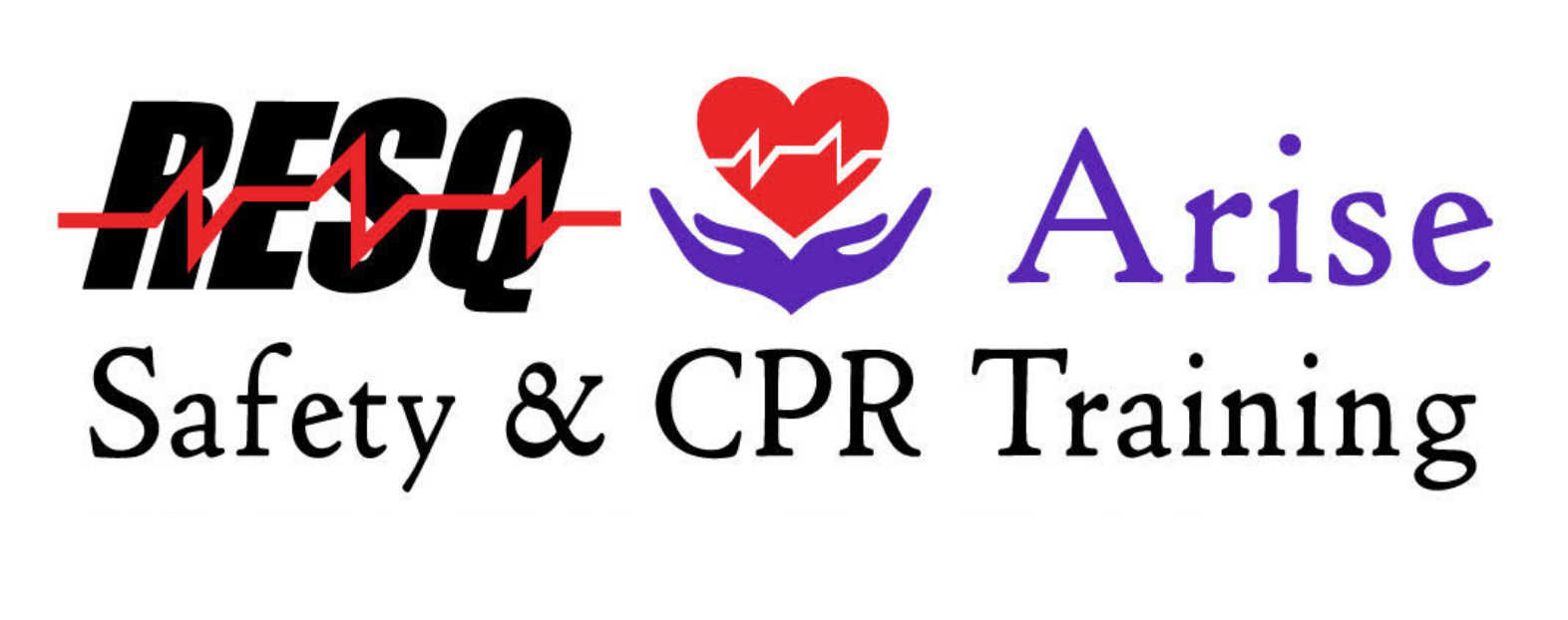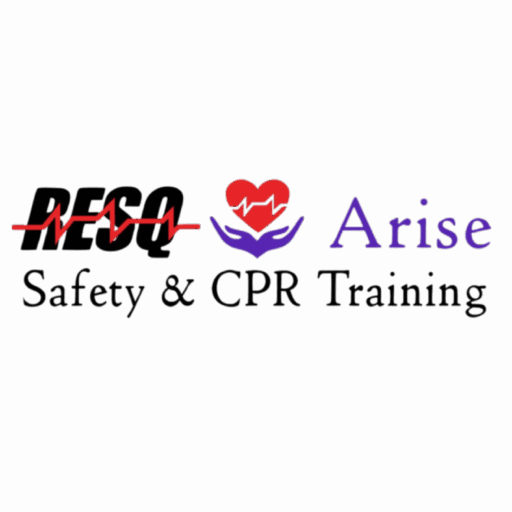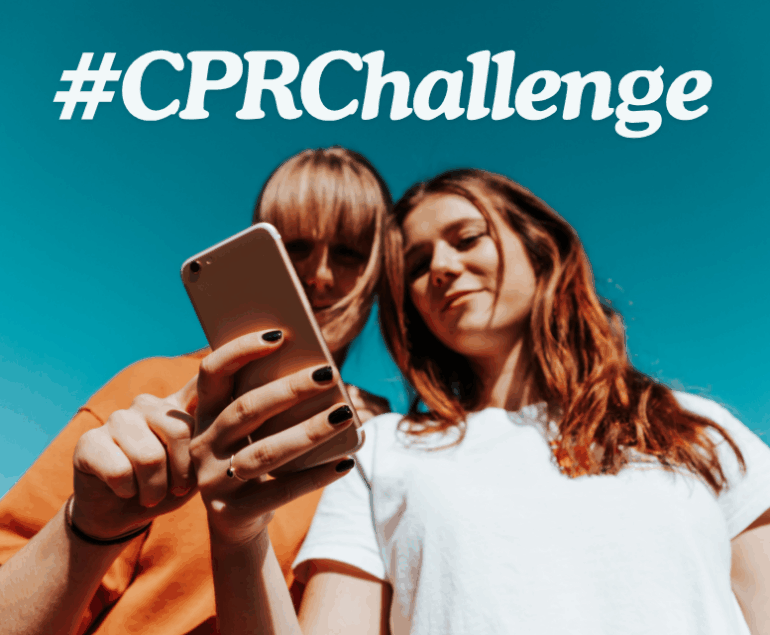When every second counts, knowing how to perform CPR correctly can save a life. But CPR isn’t one-size-fits-all. Babies and children aren’t just small adults—their bodies are different, and so is the way you help them. Here’s what you need to know.
First, Know the Basics
CPR stands for cardiopulmonary resuscitation. It combines chest compressions with rescue breaths to keep blood and oxygen flowing to the brain and other vital organs. In adults, the focus is often on compressions. But with infants and children, rescue breaths matter more.
Why? Because in kids, cardiac arrest is usually caused by breathing problems. Their hearts stop because they can’t get enough oxygen—not because of heart disease, like in adults. So fixing the airway and breathing is crucial.
Key Differences: Babies vs. Children vs. Adults
1. Check for Response
-
Babies (under 1 year): Tap the foot and shout.
-
Children (1–puberty): Tap the shoulder and ask loudly, “Are you OK?”
-
Adults: Same as with children, but usually less fragile.
2. Call for Help—But When?
-
If you’re alone with a child or baby: Give 2 minutes of CPR first, then call 911.
-
If someone else is there: Have them call immediately while you start CPR.
-
With adults: Call 911 first, then begin CPR.
This slight difference could save precious seconds.
3. Airway and Breathing
-
Babies: Use a gentle head tilt. Don’t push too far back—it can block the airway. Cover both the mouth and nose with your mouth when giving breaths.
-
Children: Use the head-tilt, chin-lift method. Pinch the nose and breathe into the mouth, just like with adults—but with less force.
-
Adults: Same method, but bigger breaths.
4. Chest Compressions
-
Babies: Use two fingers in the center of the chest, just below the nipple line. Press down about 1.5 inches deep.
-
Children: Use one or two hands depending on the size of the child. Push down about 2 inches.
-
Adults: Use both hands. Push at least 2 inches deep.
Compression rate? Always 100–120 beats per minute, like the rhythm of Stayin’ Alive.
Why These Differences Matter
A baby’s chest is tiny and fragile. Too much force can cause injury. But too little won’t help. The same goes for breathing—small lungs need small breaths.
Children may need more force than infants, but still less than adults. That’s why CPR training stresses different techniques for different ages.
Final Thoughts
Knowing how to perform CPR on a child or infant could mean the difference between life and death. It only takes minutes to learn, and it lasts a lifetime.
Take a course. Practice. Review it often. You never know when you’ll be the one who can step in—and save a life.
You can sign up for a course with RESQ & Arise here: Sign up for a class





